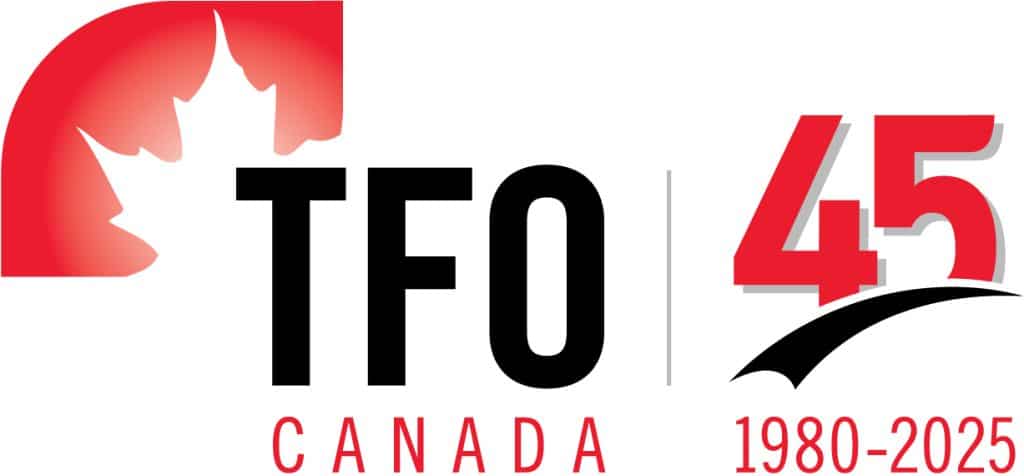The Key to Successful Cross-Merchandising
“Two clear trends impacting consumer buying behaviors this year are recession fears and products becoming more sustainable. How do these macro trends impact the fresh produce industry? Provoke Insights investigated these ever-important topics.
We all know it. The little meal bunkers as you enter the store are money machines. But at the same time, they are tough on labor hours and operations to set up and maintain — particularly when pulling items from different areas of the store. But from a consumer perspective, they work, especially when combining items people perceptually or naturally put together anyway.
Successful retailers look into research we call co- and cross-purchasing. Co-purchasing means what items are in the same exact shopping basket with the item of study, whereas cross-purchasing shows which products consumers over index for, when compared to the total population throughout the year.The more consumers can envision and almost taste the meal from seeing the ingredients, the more successful the cross-merchandising display tends to be.
Let me take mushrooms as an example — a category known for its versatility.
Co-purchase findings:
Using the IRI, multi-outlet data for the 52 weeks ending June 12, 2022, the co-purchase analysis showed the top items with high household penetration and a high likelihood of being in the same basket.
- Fresh produce: Common vegetables tend to pop up in the same basket as fresh mushrooms. This does not mean consumers necessarily make these items together (say carrots and mushrooms), but the carrots can be a great reminder to also stock up on mushrooms. Mushroom buyers have a great likelihood to buy onions, fresh peppers, tomatoes and cucumbers in the same basket — pointing to a potential salad application. Cross-merchandising mushrooms next to salad kits or lettuce can drive incremental purchases.
- Fresh meat: Fresh chicken is easily the top co-purchase in the meat department, including breast and thigh meat. This is followed by steak and bacon. Ground beef is fourth, which shows there is still room to grow in blending mushrooms with grinds — a popular restaurant foodservice offering.
- Dairy: The highest co-purchase is shredded cheese. This is the highest non-produce item in the same basket as fresh mushrooms. Other common co-purchases are eggs and sour cream. Clearly, some consumers like mushrooms in their omelets — presenting ideas for dairy aisle or meal bunker cross-merchandising.
- Center-store: Dry grocery items that are the most likely to be bought in the same basket as fresh mushrooms give perhaps the best clue to popular meal applications. Top co-purchases are stock/broth for soups and stews, canned tomatoes and, a little further down, spaghetti sauce for pasta dishes — confirmed by the presence of noodles and olives. Tortillas have a high co-purchase as well.
Cross-purchase findings:
Now, let’s look at cross purchases. What do mushroom buyers purchase more frequently than the general population? This shows what types of meals mushroom consumers may be into putting together, as well as their larger purchase habits.
A few trends emerge:
Plant-based alternatives: Mushroom households have a higher likelihood to buy refrigerated and frozen plant-based meat alternatives, and other plant-based cheese and yogurt alternatives were on the list as well. Since they were not often in the same basket, but do have a high cross-purchase index, this may indicate these households are using mushrooms as their source of protein in other meals they make — fueling the argument to place portabella mushroom applications in the meat department as a center-of-plate protein.
Seafood: Both fresh finfish, with the biggest ones being salmon, and shellfish, with the biggest one being shrimp, are bought more frequently by mushroom consumers.
Deli: High engagement with deli cheese and meat shows mushroom shoppers are already shopping the deli department. Here, the foodie nature of mushroom consumers emerges strongly, with an over-indexing for gouda, brie, ricotta, fresh mozzarella, etc. Crimini mushroom consumers, especially, are foodies, as evidenced by specialty and premium purchases.
Produce: The same foodie and explorative streak comes out in fresh produce purchases with fresh herbs and more premium purchases: asparagus, eggplant, fresh peas, Brussels sprouts and radishes. Cross-merchandising fresh herbs and mushrooms may result in an extra purchase for each!
Co- and cross-purchase studies have many more uses. To list but a few:
Secondary placements can be a way to drive incremental sales. What is the best category to be next to?
In digital and printed ads, where does it make sense to add mushroom imagery or a cross-promotion next to an advertised item? For instance, mushrooms on a steak or mushrooms next to spaghetti sauce or broth. Or take it even further and truly co-fund a promotion.
Recipe development: Understanding common consumer applications fuels recipe development that can challenge light users to buy mushrooms more often or some new applications to challenge medium/heavy users to include mushrooms across more meals.
As retailers develop meal deals, what are good ones to include mushrooms?
As more people buy fresh produce online, what are items where mushrooms should be recommended as an “also buy” suggestion. Likewise, what items should be listed in the “also buy” when people are buying mushrooms.”
*This article is excerpted from producebusiness.com website, published 25th May 2023
